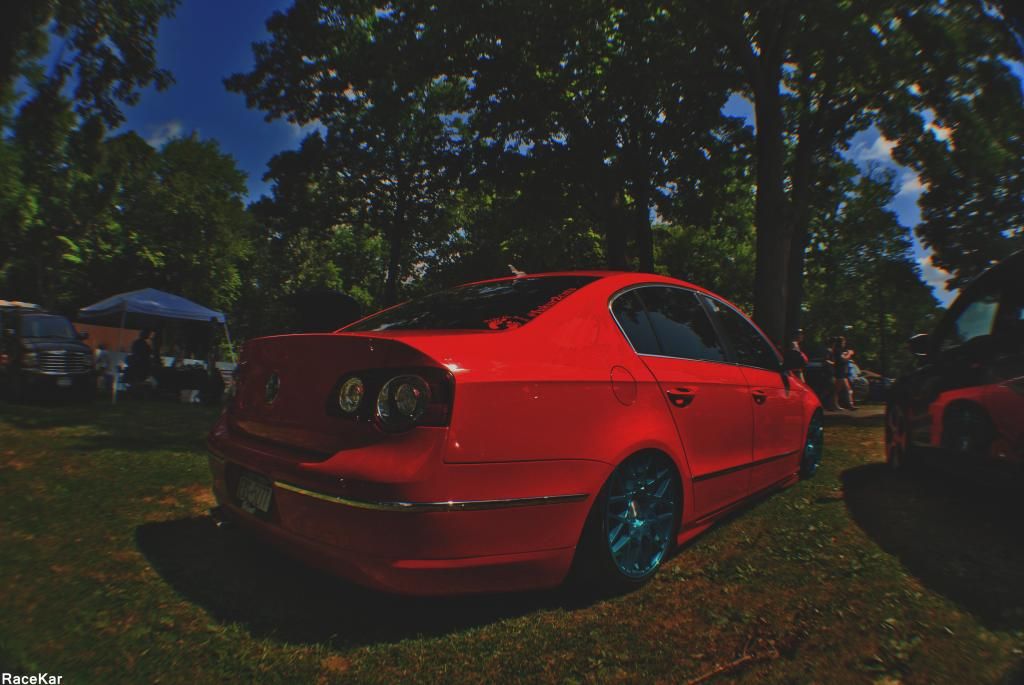If it's done conservatively and correctly, this may be true to a certain extent. However, doing it correctly involves re-aligning the vehicle so the toe is near zero with vehicle rolling and the camber is also close to zero.
These "slammed" vehicles are no where near this. In fact, the camber is so negative on some of them, only a portion of the inside edge of the tire is actually contacting the road. Whenever you change camber, you are also changing the geometry of the alignment's toe setting as well. Caster likely also is affected in an unpredictable manner. Common sense tells us this is bad for handling, traction, and control (especially in wet weather) and can cause massive uneven tire wear like this:
Possibly leading to a blow out and loss of control of the vehicle.
Another point is, most of these vehicle are lowered to an extreme. This changes the ground clearance to a large degree, along with the clearance of the the wheel between the actual wheel well. Possibly leading to the tire rubbing on the wheel well itself when encountering a bump or a sharp turn - obviously a bad idea with numerous possible outcomes - most of them not good.
Such a large amount of negative camber will also likely stress the suspension in general. Bushings, tie rod ends, and factory ball joints will also likely wear faster - leading excessive play in the steering and even worse handling.
In actuality, most cars handle best with the wheel & tire size that they were designed to use by the manufacturer. The ride height is determined by the manufacturer to be a compromise of safety and good handling characteristics. I don't think ANY of these things are taken into account by the "Hellaflush" crowd - just what appears to them as pleasing cosmetics.
HellaBogged.









